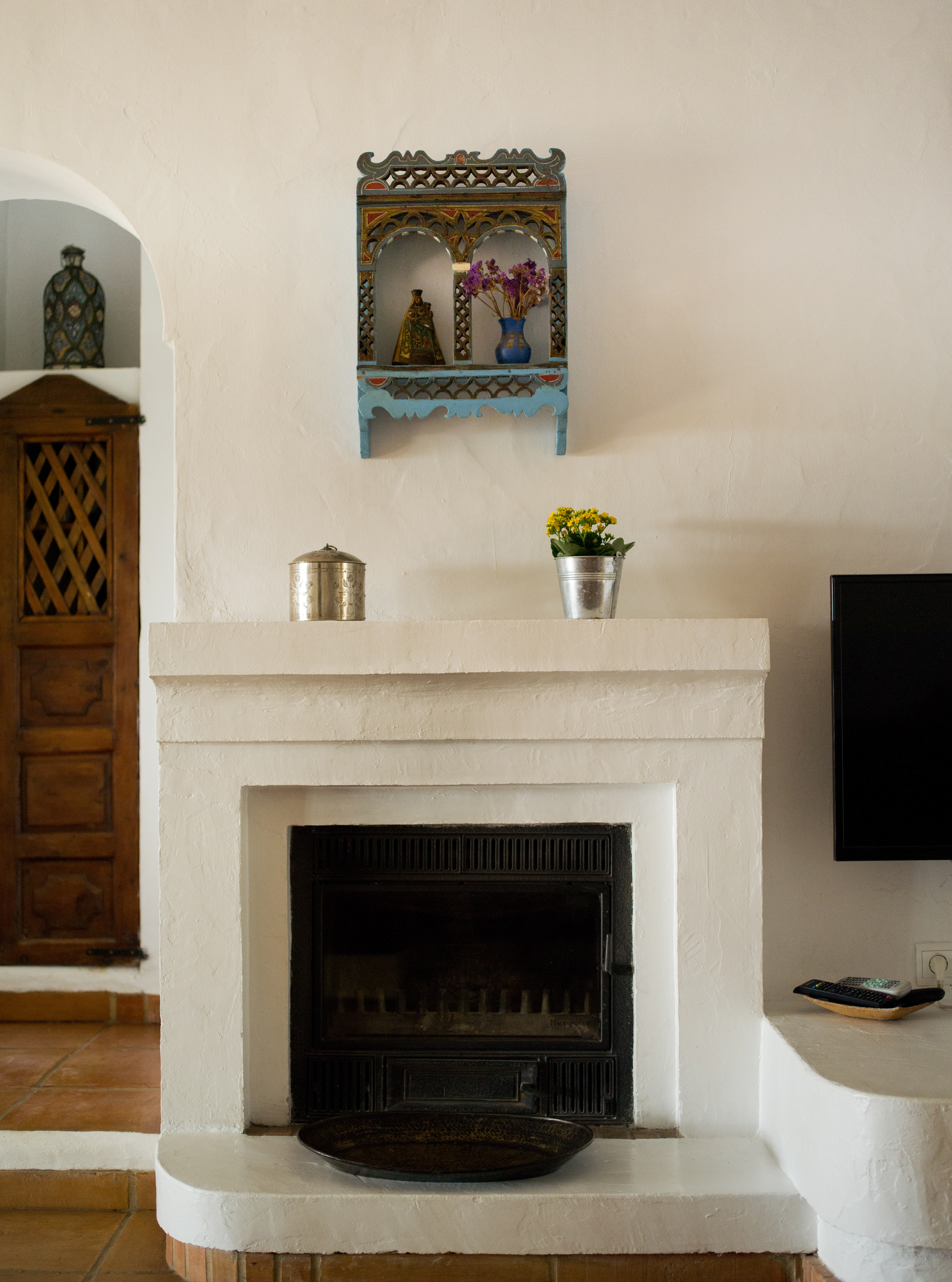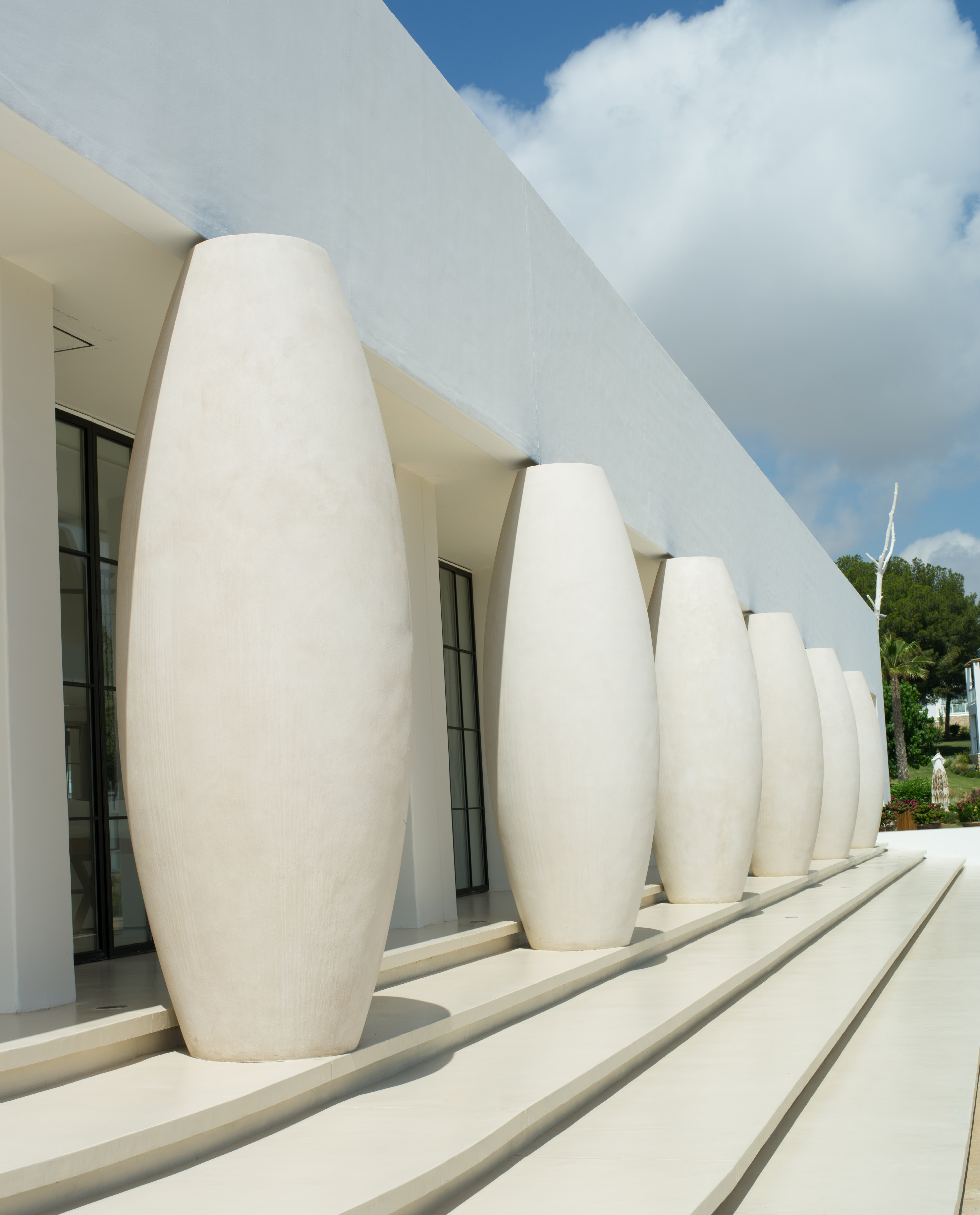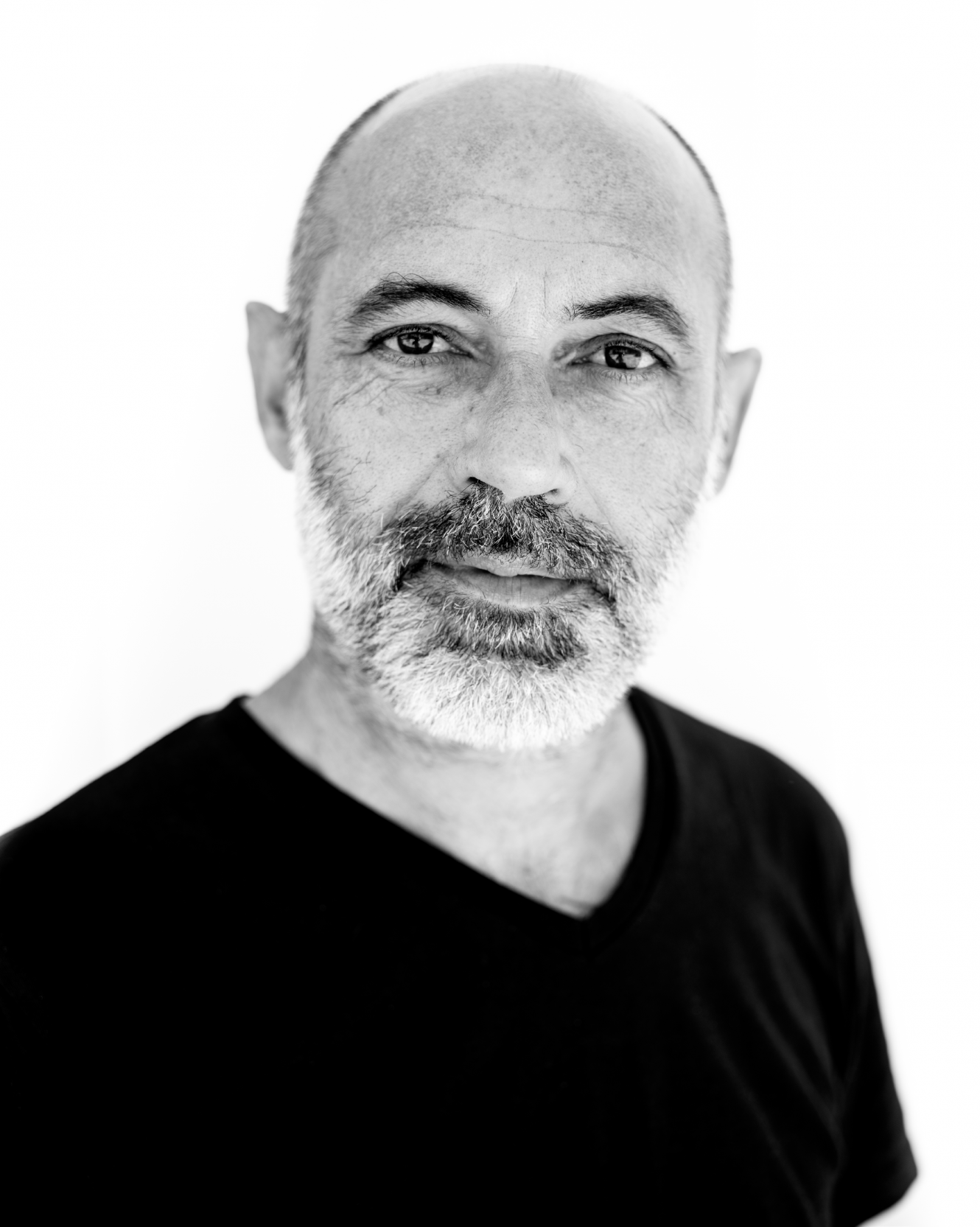A discussion with Alberto Cortes, influencial Ibicenco interior designer
Ibiza design can be called “holiday architecture.” It allows homeowners who live in densely-packed cities for the main part of the year to create a place of respite to enjoy Ibiza in the summer. As you spend more time out-side IN exterior spaces, their allure becomes more important than home interiors.
Three main influences are driving Ibiza design. First, the Moroccans (Los Moros) invaded the island and ruled it for 330 years. This Moorish energy is very obvious; you can witness it in the wells throughout the island, in houses and even in Ibiza’s food. Observing and excavating Moroccan artifacts makes sense when considering the island’s historical roots and the geographical proximity to Morocco. Secondly, hippies used to spend the winter in India and the summer in Ibiza where they sold their Indian finds at markets - cushions, fabrics, lamps, jewellery and furniture. Later, Bali, Indonesia and Thailand were added to the regular winter destinations. Asian artifacts joined the Indian ones. The third influence is modern minimal design. The problem with minimalism is that you have a lot of glass, a lot a concrete on the floor and walls, and there are no wooden ceilings. This creates a cooler and more inviting environment. As Ibiza invites distinct and discerning tastes,striving for eclectic designs, mixing these styles with a multitude of permutations.
Putting a beautiful hand-made piece in a minimal design makes it warm and homey. This broad ethnic component is more present in Ibiza than in any other place in the world. Such an eclectic blend is quite unique. Mexican style or Miami Palm Springs do not mix Africa, Asia and India into their design.
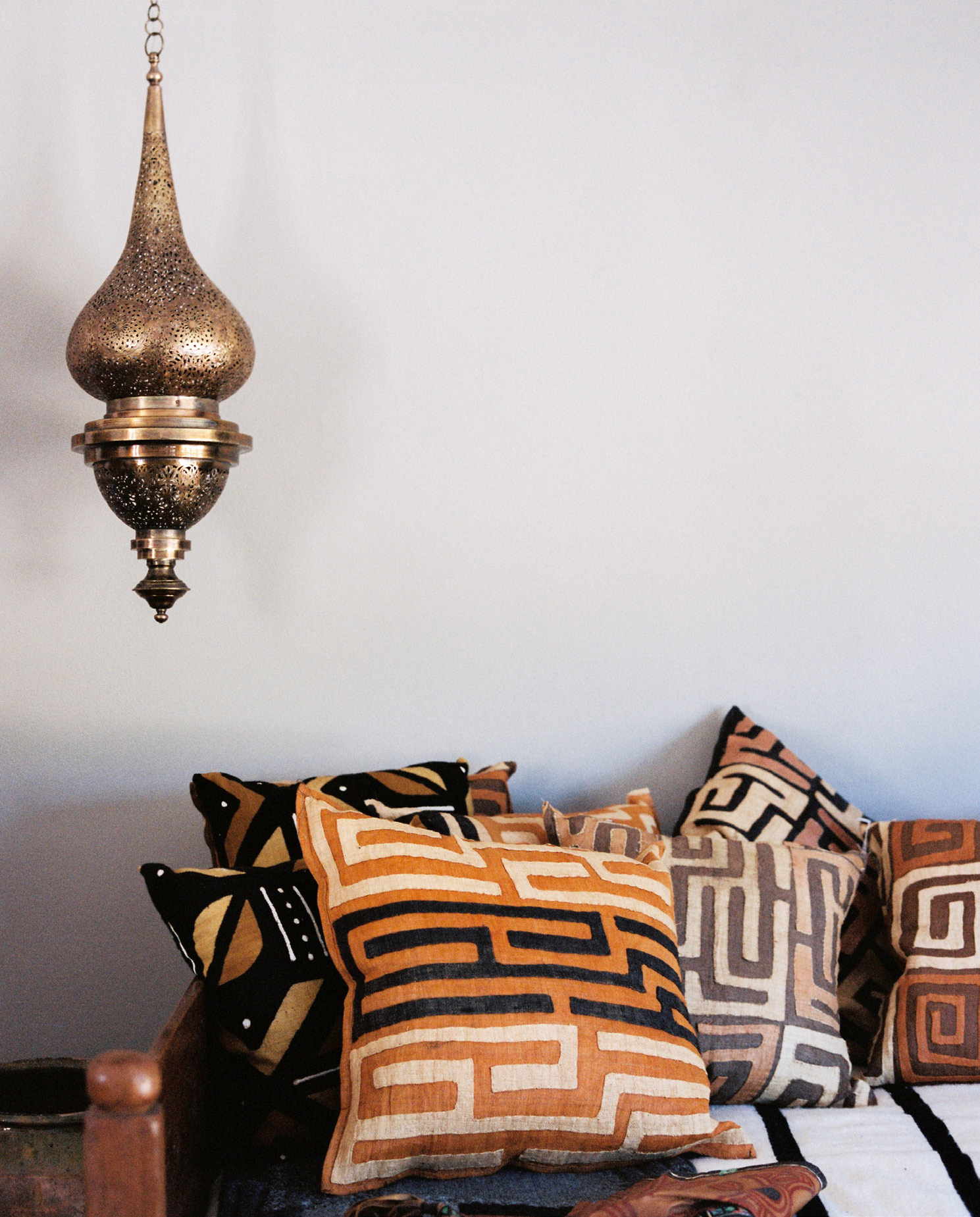
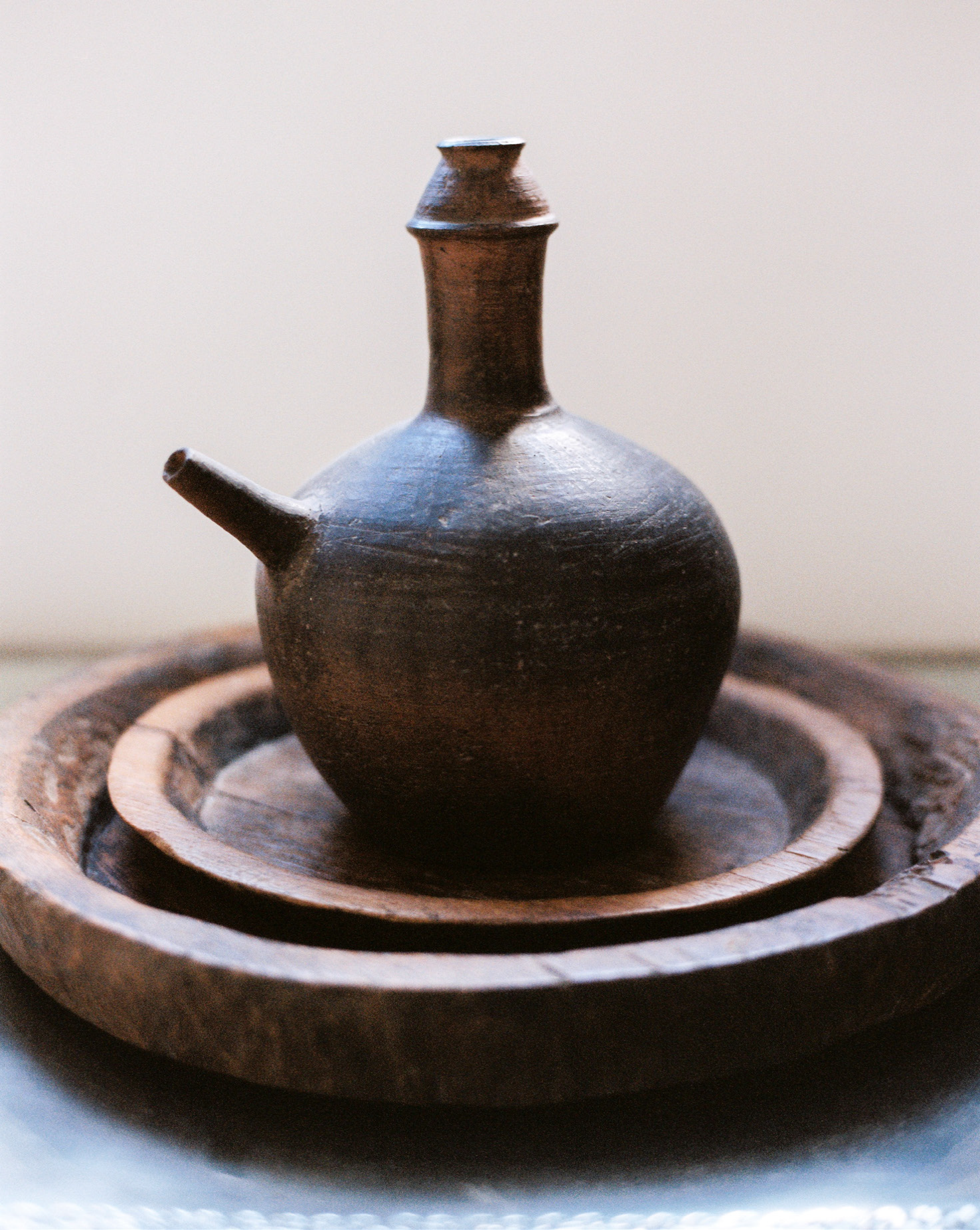
Trends of Ibiza design
Shabby chic is an interior design style where furniture and furnishings are either chosen for their appearance of age and signs of wear and tear or where new items are distressed to achieve the appearance of an antique. At the same time, a soft, opulent, yet cottage-style decor, often with an affected feel is emphasized to differentiate it from genuine period decor. After the trend of glitter skull designs faded, bright oversized plastic ware has appeared in Ibicenco Villas recently, adding a playful note. To Alberto Cortes, shabby chic is seen in furniture but it is more a trend for fashion. He will not use plastic or anything pink in his designs. He will stick to vintage, original hand-made, high quality and sustainable pieces. This is his timeless signature.
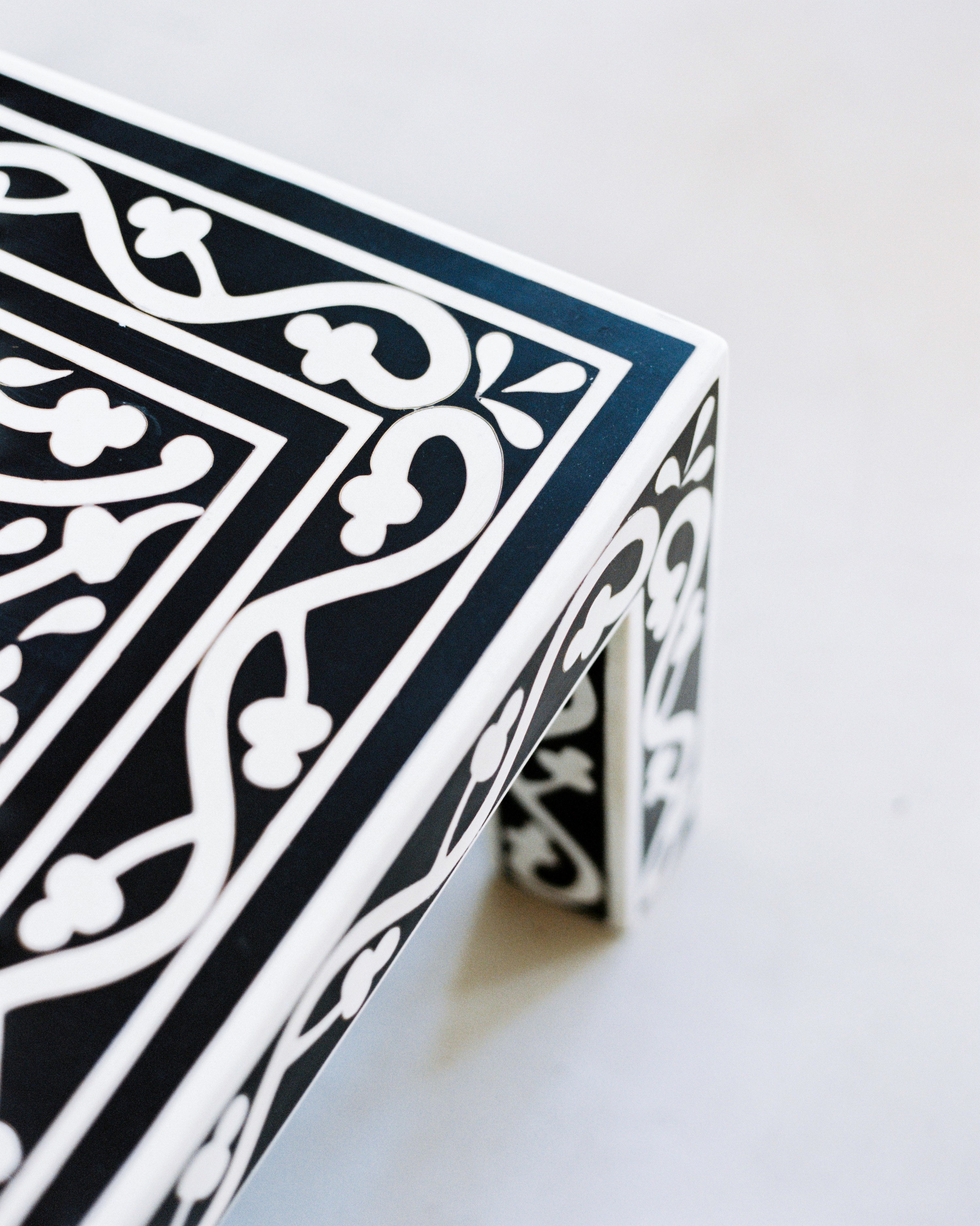
Catalan designer Alberto Cortes set foot on Ibiza for the first time in 1999. He came to visit a friend who owned a home in the countryside. He fell in love with Ibiza’s idyllic setting and never looked back, enamored with the architecture of local houses and the friendly population. Alberto decided to stay and work on the island. He moved away from the safety of his established fashion business into the furnishings industry with partner Yvonne Hulst, owner of several interior design shops in Amsterdam. The duo worked first on Yvonne’s house to prepare it for rentals. From their artistic sensibilities and dedication, the rentals company “Harissa” was born. Each success built upon another and led to various pro-jects, from a loft to a seaside villa to a distinct pied-a-terre, bringing an unrivalled beauty to each property. While travelling to source original pieces for their projects in Ibiza, the busy decorators bought a riyadh house in Marrakesh, Morocco and even some land in Indonesia. Homeowners began to line up to have their interiors designed by Alberto. In 2003, the brand KsaR was created with a shop in Cala Carbo located in a former car garage. KsaR means “palace” in Arabic.
In 2014, the KsaR showroom moved near Santa Eulalia, where a large warehouse provides stock of beautiful pieces. Today, Alberto is the most regarded interior designer in Ibiza.His projects earn worldwide accolades and awards.
My favourite place to eat:
El Carmen in Cala D’hort is very „Spanish“ with friendly staff and in a beautiful seaside location
El Bigotes in Cala Mastella near Santa Eulalia, very original, very Ibiza
Where I relax:
I have a nice house on the highest point of the island in Sa Talaia near San Josep, with pristine and bucolic setting, surrounded by an abundance of forests. There, natural resources abounds.
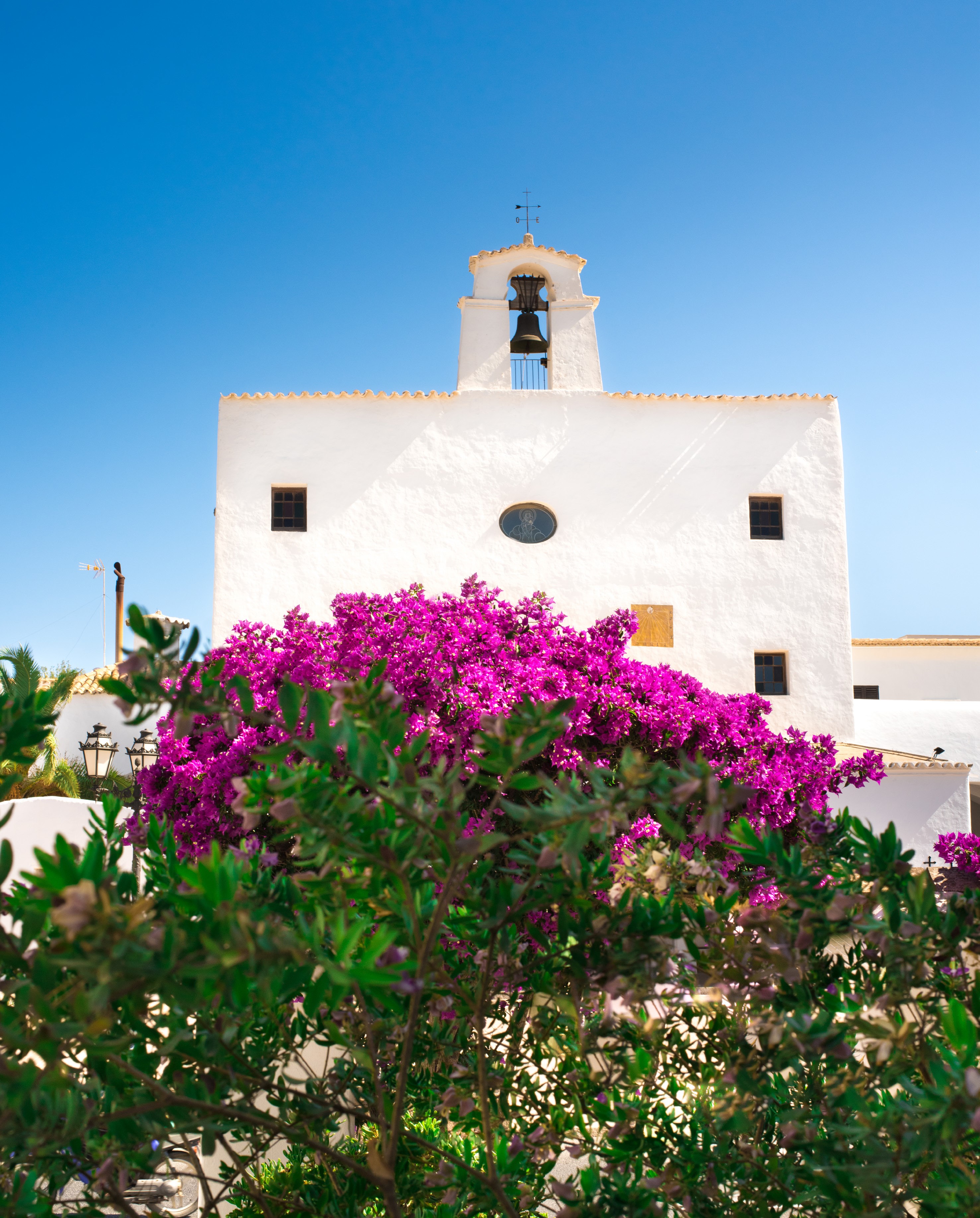 How was Ibiza’s white made?
How was Ibiza’s white made?
How did the ancestors produce the trademark whitewash of their Ibiza houses? They used outdoor lime kilns, called ”forns de calq” or in Spanish “hornos de cal.” A kiln is made of a thick circular stone wall, with an opening on one side, built in wooded areas. To achieve the great deal of heat needed to create white lime, tremendous amounts of wood was burned in these large ovens. The kilns were usually fired around the clock for two weeks.
Pure white shapes
Sober white shapes are one of the key ingredients of Ibicenco design. Large shapes with
round edges can be seen in centuries old farmhouses houses, called the “casa payesas.” White exteriors were utlised to keep the temperature as low as possible. Nowadays, even more simplified, oversized white surfaces highlight the minimal design of modern villas.
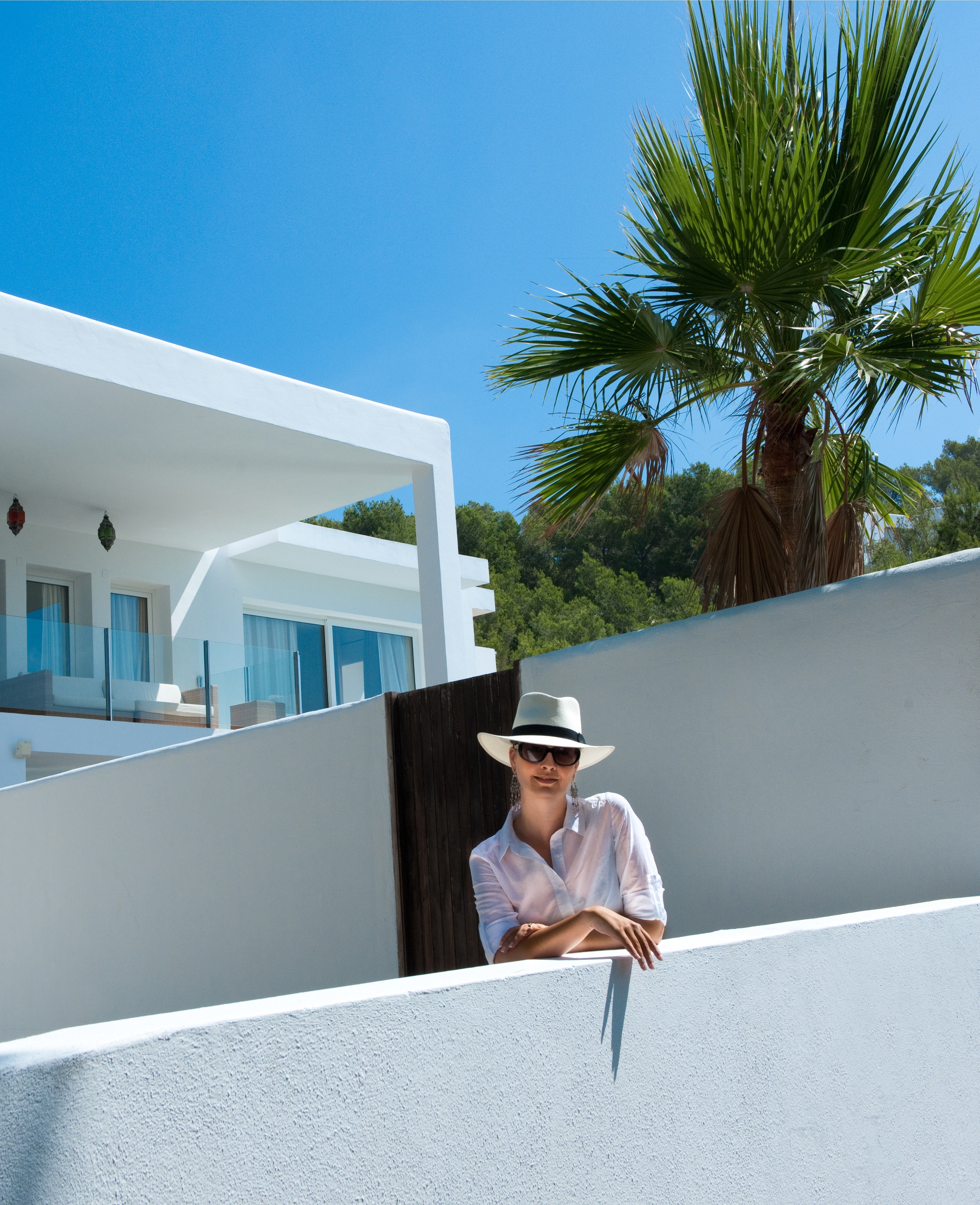
Ethnic accents - Spiritual Design
Moroccan style is strongly rooted in Ibiza design due to the nearly 400 years-long rule of the Moors. The hippies started in the late 1960’s and 70’s to import artifacts from India and other Asian countries, adding their spiritual dimension.
